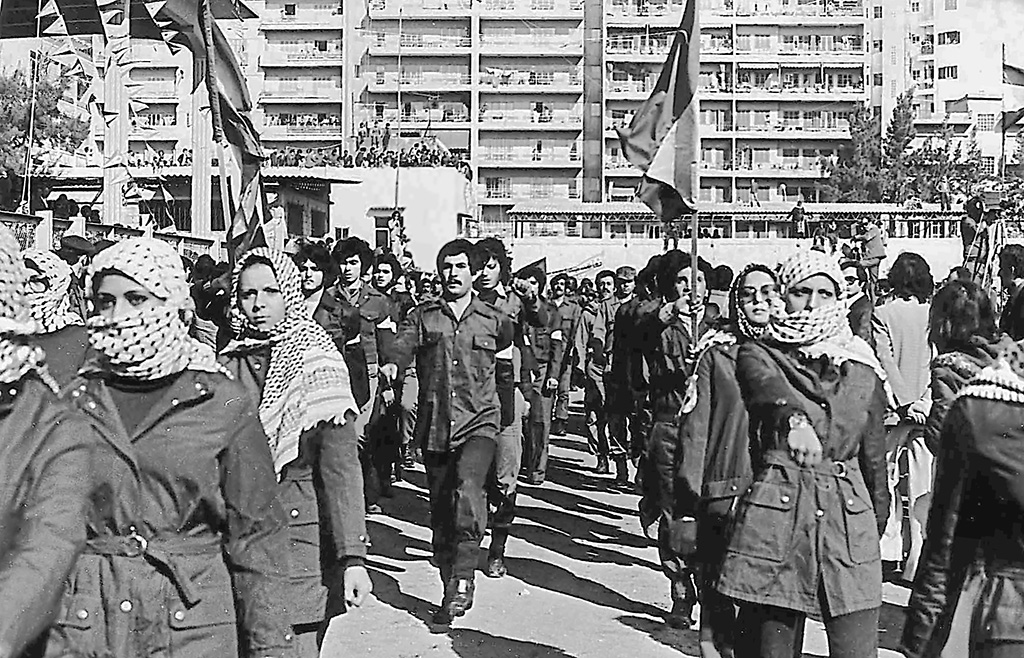
Review of The Mojahedin-e Khalq Organization by Hossein Ahmadi Rouhani (Part Eleven)
Between 1971 and 1975, more people and groups became acquainted with the organization and its activities. Their external relations also expanded accordingly. During this 4-year period, the organization contacted various political and social groups inside and outside the country and collaborated closely with some of them.
Although the organization severely suffered from the first blows in August and the following months, it became well-known at the community level. In addition, academic and clerical figures as well as merchants in bazaars expressed their concern for the organization and the arrest of its members while at the same time, they were curious to know more about the organization’s positions. The organization took advantage of this opportunity and gradually strengthened its ties with these people, especially the clerics. Given their familiarity with some of the organization’s leaders and assuming that they have a religious approach, the militant clergy took a positive stance towards the organization and helped it in various ways.
Over the course of time, the organization’s positions and especially their eclectic ideology became more transparent. As a result, the clerics withdrew their support or made it conditional on the organization changing its ideology.
However, since the organization firmly insisted on its new ideological positions, cooperation with and support of other groups decreased so much that in 1975 after the assassinating Sharif Vaghefi and Samadiyeh Labaf, the organization lost many supporters and was on the verge of being dismantled.
The same holds true for the organization's relationships with intellectuals, religious people and merchants in bazaars. They cooperated extensively with the organization after the blow in August and especially until Reza Rezaei’s murder in 1973. However, after the organization adopted a Marxist ideology and officially announced it, these groups and people were no longer willing to cooperate and opposed the its positions.
The organization was either not aware of the existence of leftist groups or was not in touch with them before August 1971. After the blow in August, however, the organization came into contact with a number of these groups, particularly their leaders, in prisons and managed to share experience and exchange information with them on political, ideological as well as security and military issues.
The organization also communicated with many groups abroad, both religious and non-religious, and cooperated with them at various levels. The names of these groups and organizations follow:
• Liberation Movement of Iran (Abroad)
• The Third National Front of Iran (Abroad)
• The Second National Front of Iran (Abroad, Middle East)
• Islamic Association of Students in Europe
A list of non-Iranian organizations and groups abroad which the organization contacted and cooperated with follows:
• Palestine Liberation Organization
• Palestinian National Liberation Movement (Fath)
• Popular Front for the Liberation of Palestine (George Habash)
• Democratic Front for the Liberation of Palestine (Nayef Hawatmeh)
• Popular Front for the Liberation of Palestine – General Command
• Popular Front for the Liberation of Oman (Dhofar)
• Japanese Red Army
The governments with which the organization was in contact are:
• Libya
• South Yemen
• Iraq
